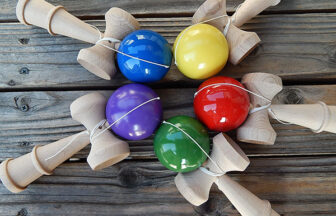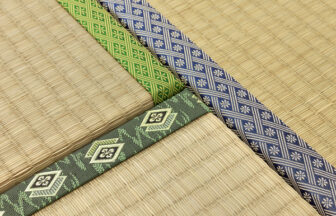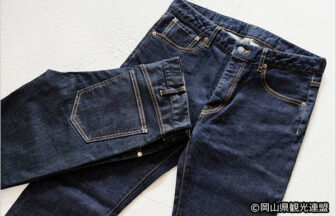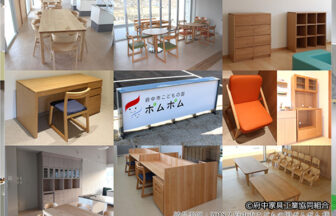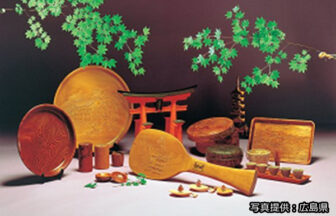Production Area
Shinichicho, Fukuyama City / Fuchu City, Hiroshima Prefecture
Historical Details and Geographic Characteristics
The eastern part of Hiroshima Prefecture (the Bingo region) has been known as a cotton-producing region since the Edo period, partly because Katsunari Mizuno, the first lord of the Fukuyama Clan, encouraged cotton production. Part of the cotton was used for cloth production as a side job for farmers, and from the early 18th century, cotton weaving (such as striped cotton) was developed and widely shipped to other areas in Japan. The spread of the wholesale cottage industry from the end of the Edo period led to the further development of cotton textiles in the region.
At the end of the Edo period, Kyuzaburo Tomita of Ashida-cho, Fukuyama City, invented bingo-gasuri, one of Japan’s three major kasuri. He had already developed a new type of cotton fabric by applying silk weaving techniques, and when a wholesaler recommended that he create a new type of kasuri, he began to research and completed his first in 1853. In 1861, he produced an intricate and beautiful kasuri using Western cotton threads. In 1868, the first year of the Meiji Era, he began trading with Itochu Shoten in the Osaka market, paving the way for mass sales, and thereafter, while spreading the name of bingo-gasuri throughout Japan, the progression of modernization through the factory and mechanical manufacturing led to the expansion of production.
Production of bingo-gasuri reached its peak in the 1950s when it accounted for 70 percent of the nation’s total with an annual production of 3 million pieces. Although production has since decreased, the production of kimonos, western-style clothing, and accessories continues to this day.
Main Retailer/Affiliated Museum
Fukuyama City Shinichi History Museum / Ashina Cultural Assets Center
| Address | 916 Shinichi, Shinichicho, Fukuyama City, Hiroshima Prefecture |
|---|---|
| Phone | 0847-52-2992 |
| Hours of Operation | 9:00 a.m. – 5:00 p.m. |
| Closed | Mondays (If the Monday falls on a holiday, the museum will close the following day), Year-end/New Year holidays |
| Admission Fee | Free (there may be a charge for special exhibitions) |
| URL | https://www.city.fukuyama.hiroshima.jp/soshiki/shinichi-rekimin/ |








